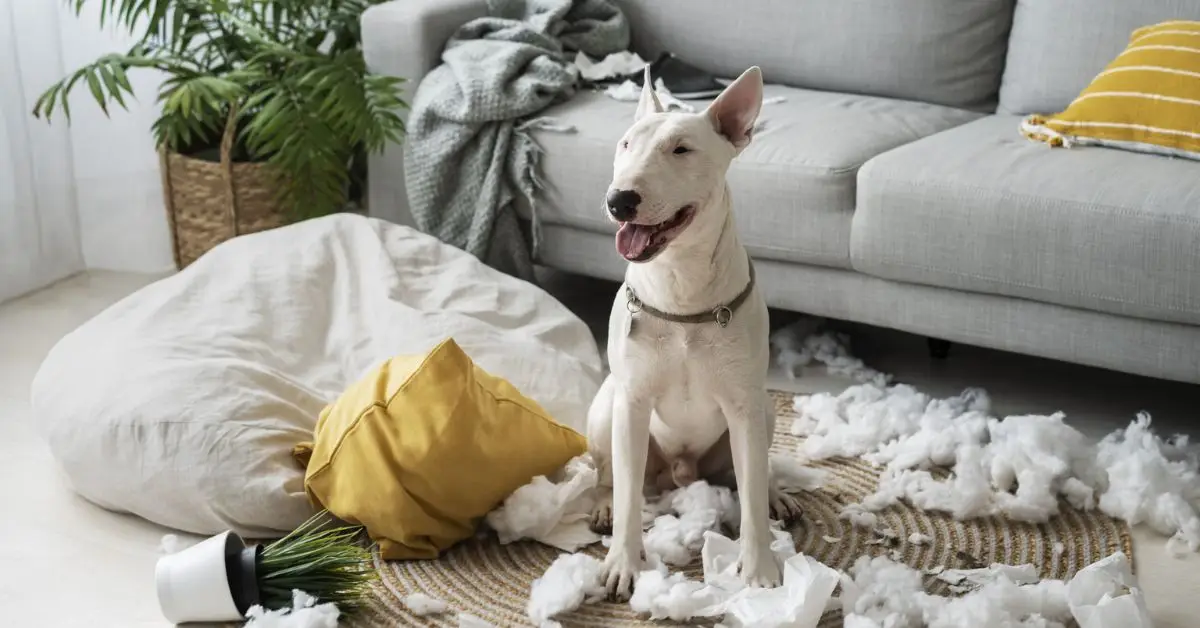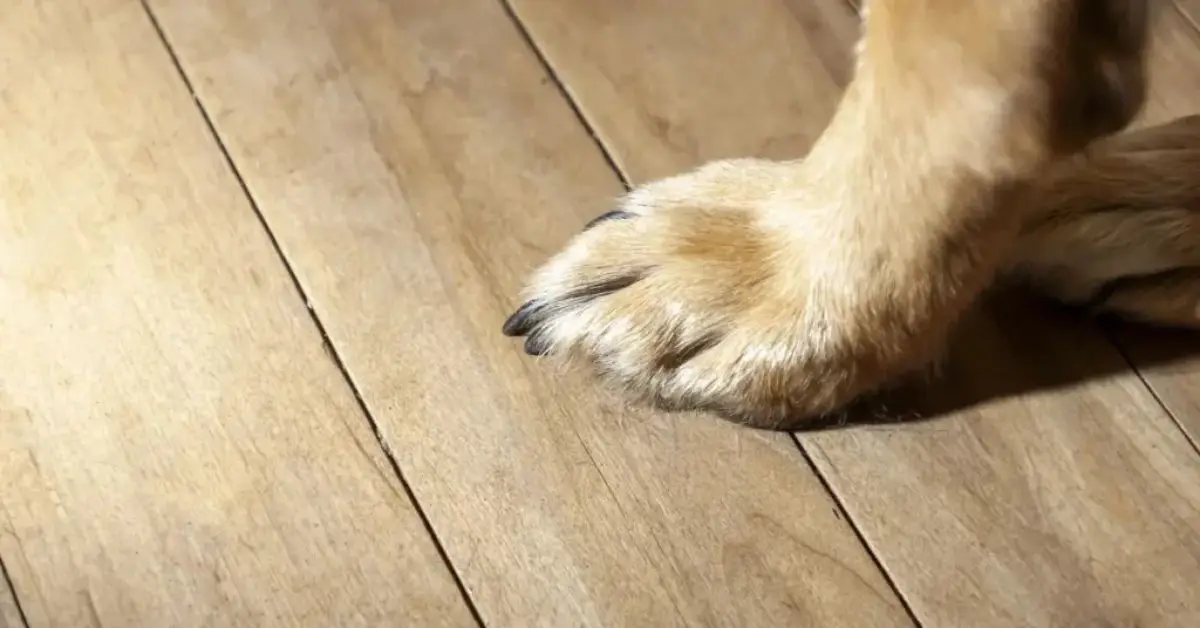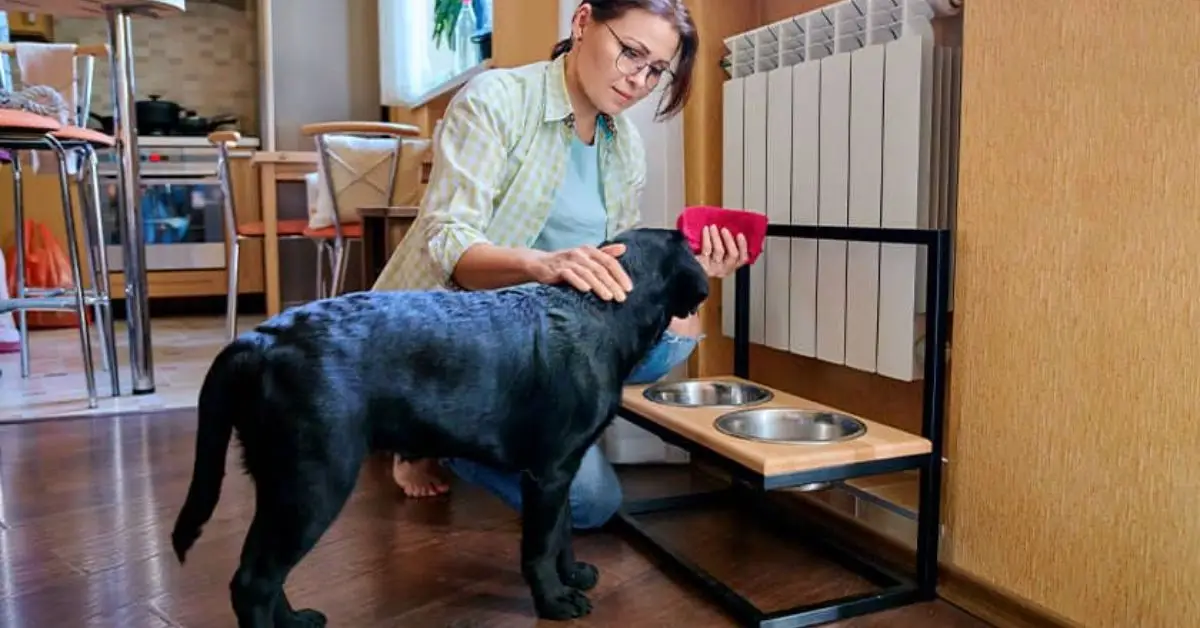6 Simple Ways to Make Your Home Safe for Cats, Dogs, and More
When I first moved into a new home with my dog, I thought I had everything under control—the boxes neatly stacked, furniture in place, and his bed waiting in the corner. But within hours, I found him chewing on an exposed cable, pawing at a half-open cabinet, and trying to dart out the back door. That’s when it hit me: a house that feels perfectly safe for you can be full of hidden dangers for your pet.
If you’re preparing to move, it’s not just about unpacking boxes—it’s about creating a space where your pet can settle in without stress or risk. From toxic plants to loose wires and unsecured yards, there are dozens of little details that matter more than most people realize. And here’s the truth: the sooner you tackle them, the easier the transition will be for both you and your pet.
So before you hand over the keys or let your furry friend explore, let’s walk through the must-know ways to pet-proof your new home—practical steps that will keep them safe, calm, and comfortable from day one.
Quick question for you: when you think about moving, what’s the first pet-related worry that pops into your head—safety, comfort, or keeping them from escaping?
1. Set Up a Comfort Zone with Familiar Scents & Essentials
The first few days in a new house can feel overwhelming for your pet. Imagine being dropped into a place where everything looks, smells, and sounds different—it’s stressful. That’s why I always suggest starting with a designated safe room. Before you even unpack the rest of the boxes, set up a cozy corner that’s just for them.
Here’s what works best:
- A soft bed or crate they already know
- Food and water bowls in a quiet spot
- Favorite toys they can grab when anxious
- A litter box (for cats) or pee pads (for dogs) close by
And don’t forget the power of scent. Pets rely heavily on smell, so bringing along a blanket, towel, or even your old T-shirt can make the room instantly feel familiar. According to the American Kennel Club, items that carry scents from the old home can help lower stress and make the transition smoother.
When your pet has a “home base,” they can retreat there whenever the noise of moving or unpacking gets too much. It’s their signal that, no matter how chaotic things feel, they still have a place that belongs only to them.
2. Lock Down Hazards: Wires, Fragile Items, Small Objects

The second thing I learned the hard way: pets explore with their mouths and paws. A dangling phone charger or a half-open cabinet can turn into a real danger fast. Before letting them roam freely, do a quick sweep of the house to spot the risks.
Focus on these key areas:
- Hide cords and wires – use covers or run them behind furniture.
- Secure blind cords – pets can get tangled and panic.
- Anchor heavy furniture – in case your dog jumps or your cat decides to climb.
- Pack away breakables – glass vases, small décor, anything that can shatter.
- Use cabinet locks – especially in the kitchen or bathroom where cleaners and chemicals might be stored.
It may sound like over-preparing, but trust me, one broken vase or one chewed cable can cost you far more than the 10 minutes it takes to secure these things. By locking down hazards early, you give yourself peace of mind and your pet a safer space to explore.
Along with these basic precautions, adding a few affordable gadgets from this list of home security devices under $200 can give you extra peace of mind—especially if you want to monitor your pets when you’re not at home.
3. Eliminate Poison Risks: Foods, Plants, Chemicals
One of the biggest hidden dangers in any new home is what your pet can accidentally eat. You and I might see a kitchen counter full of harmless groceries or a pretty plant in the corner, but for a curious pet, these can be life-threatening.
Here’s what you should focus on:
- Toxic foods – chocolate, raisins, onions, and anything with xylitol (often in sugar-free gum and baked goods).
- Dangerous plants – lilies, aloe, sago palm, and philodendrons can be fatal to cats and dogs if chewed.
- Household chemicals – cleaning sprays, pesticides, and even some human medications should always be kept in locked cabinets.
A good rule of thumb? If you wouldn’t give it to a child unsupervised, don’t leave it within reach of your pet. It only takes one quick moment of curiosity to end up in an emergency vet visit.
4. Choose the Right Flooring & Furnishings for Durability & Cleanliness

When I moved into my last place, I didn’t think twice about flooring. But after a few weeks of scratched wood and stubborn stains, I wished I had chosen smarter. Pets bring joy, but they also bring claws, spills, and plenty of fur.
The smart choice is to invest in pet-proof materials right from the start. Options like Luxury Vinyl Tile (LVT), laminate, or engineered wood are far easier to clean and hold up better against scratches. If you’re exploring more eco-friendly options that work well for pets, cork flooring can be a smart choice thanks to its durability, comfort, and natural resistance to scratches. And when it comes to furniture, fabrics like leather or washable covers will save you hours of frustration. According to Ideal Home, durable flooring is one of the simplest ways to keep your home looking fresh even with pets running around.
Think of it this way—you’re not just protecting your furniture and floors, you’re protecting your peace of mind. The less you have to stress about cleaning up, the more time you’ll actually spend enjoying your home with your pet. Accidents will still happen from time to time, but knowing a few tricks—like these simple hacks to clean spilled paint from carpets and rugs—can save your flooring from permanent damage.
5. Secure Your Space: Yard, Enclosures & Containment Strategy
The moment you unlock the doors to your new home, your pet is going to want to explore—and that’s exactly when accidents can happen. I’ve seen dogs slip through loose fence boards and cats squeeze out of cracked windows in seconds. Before you let them roam free, do a full check of your surroundings.
Here’s what I recommend:
- Inspect fences and gates for gaps or weak spots.
- Secure balconies and windows with screens or safety locks.
- Check the garage and yard access for chemicals, tools, or escape points.
- Set up a calm containment zone—a bathroom, gated area, or crate—for moving day chaos.
Pets don’t understand “moving day,” they just feel the noise, people, and open doors. Having a safe, closed-off spot prevents escapes and gives them a sense of calm until the dust settles.
As Better Homes & Gardens points out in their guide on pet-proofing your new home, prevention is always easier than scrambling after an escape. A few minutes of preparation can save you hours of worry later.
6. Organize, Monitor & Plan: Clean, Identify & Confirm

Once the big stuff is secured, it’s time to fine-tune the details that make your home truly pet-safe. A deep clean of cabinets, floors, and corners ensures there are no hidden toxins left behind from the previous owners. After that, start building a routine that your pet can rely on.
Here’s what makes the biggest difference:
- Deep-clean cabinets and floors to remove any residues or forgotten hazards.
- Label and set zones—feeding, sleeping, and play areas should stay consistent so pets know where to go.
- Update identification—make sure microchip details and ID tags reflect your new address.
- Vet contacts on hand—keep an emergency clinic’s number visible.
- Stick to routines—regular feeding and walking times help pets adapt faster.
The goal isn’t just to pet-proof your home once—it’s to create an environment where safety and comfort become part of the daily rhythm.
If you’ve ever moved with a pet, what was the biggest challenge—keeping them safe, keeping them calm, or keeping them from running out the door?
Conclusion
Bringing a pet into a brand-new home is exciting, but it comes with responsibilities you can’t ignore. By setting up a comfort zone, locking down hazards, removing poisons, choosing smarter flooring and furnishings, securing your space, and organizing with a plan—you’re not just protecting your furry friend, you’re also protecting your peace of mind. Each of these six steps works together to create a safe, calming environment where your pet can thrive from day one.
But here’s the key: every home and every pet is different. A curious kitten won’t have the same needs as a senior dog, and an apartment balcony poses different risks than a backyard. Take these tips and adapt them to your pet’s age, size, and personality—that’s how you’ll make your new house feel like home for them, too.
Want an extra boost? Consider creating a simple “pet-proof checklist” for your moving day bag—so nothing gets forgotten when things get hectic. Even a small printout or infographic on the fridge can keep everyone in the household on the same page.
Now I’d love to hear from you: what’s the first thing you’d pet-proof if you moved into a new home tomorrow? Drop your thoughts in the comments below—I might just add your tip to our next guide.
For more smart home tips, moving checklists, and practical guides, visit us at Build Like New and make your next home the safest, happiest one yet.
Disclaimer: This article is for informational purposes only and should not replace professional veterinary advice. Always consult your veterinarian for guidance specific to your pet’s health and safety.


